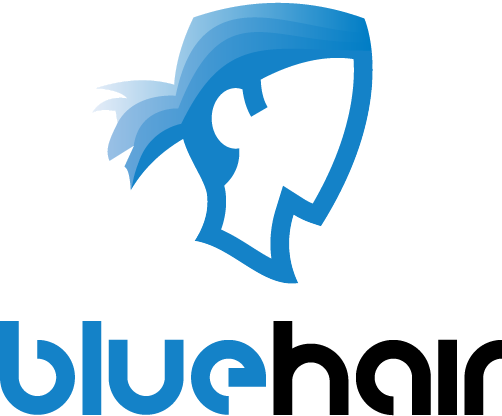BeerBuddies: Empowering bartenders against unwanted behaviour
Relevant Keywords:
Work, Leisure, Horeca (Hotels, restaurants, cafes), interaction, evident, explorative, involved, dominant, submissive
Design Goal:
To empower bartenders against unwanted behavior. The project was performed for the “Exploring Interactions” course, as part of the Design for Interaction Master of Science at the Delft University of Technology.
Project duration:
225 hours
Methods Used:
- Context mapping research through group interviews and generative methods (such as collage making) with local bartenders to gain rich visual and contextual information from them (field research).
- Online survey to assess how people perceive the personalities of cartoon characters in terms of dominance and friendliness.
THE PROJECT:
Research Goal:
To gain more information about the context of unwanted behavior in a bar. How to define unwanted behavior? How is unwanted behavior handled and by whom? What are the causes of unwanted behavior? What are the consequences of unwanted behavior?
I organized some group interviews with local bartenders and made use of some generative methods (such as collage making) in order to gain more information regarding their context and the interactions involved in their job, specially those regarding the customers and more specifically those involving customers showing some sort of unwanted behaviour.
Results:
Unwanted behavior can be classified in 3 main groups:
- Aggressive behavior – It can be physical or verbal aggression, towards members of the staff other guests (e.g. fighting with someone)
- Illegal behavior – Behavior which is legally punishable (e.g. drugs, stealing)
- Socially unwanted behavior – People tend to sit in groups of two or more people, and as a group they form a nucleus with a certain border. Once this border is broken by the behavior of another group or individual, we are talking about social unwanted behavior. (e.g. Being very noisy and irritating other guests)
Implications:
The design possibilities regarding how to handle the social unwanted behavior. Not in the case of a completely unexpected event (like a fight breaking up would be), but more with those cases where it’s a process in time that usually has signals of starting and that escalates as the night progresses and the alcohol begins playing a role.
It is behavior that can be handled by the bartender before it gets out of hand. I especially like the idea of how some bartenders try addressing one of the group members first, to have him convince the rest of behaving properly since they are more likely to listen to a friendly word than to a stranger, or how through the use of humor things tend to resolve themselves a lot easier and without repercussions.
Description of the final design
The BeerBuddies are meant as a tool to reflect the personality and mood of bar-goers through the use of beer coasters with cartoon characters on them.
For the bar-goer they appear as a playful publicity campaign, but for the bartender it delivers a quick overview of the clients’ personality traits which he can use to predict how the clients might act throughout the night, for example if they are potential troublemakers, or which individuals from the group are positive leaders that can be approached in case there are any complaints.
The cartoon characters were selected according to the results of an online survey in which over 200 people from different parts of the world rated the personality of different characters in terms of dominancce and friendliness.
SUPPORTING MATERIAL:
Documents (PDF)
- BeerBuddies – Fully illustrated project description (PDF)
- BeerBuddies – Researching unwanted behaviour in bars (PDF)
- BeerBuddies – Cartoon personality test – Results graph (PDF)


















